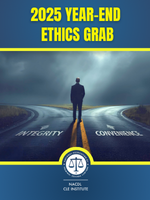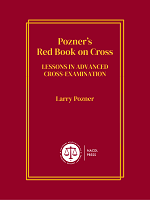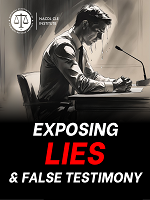Racial Disparities Race and the Death Penalty Resources Join NACDL to get involved Additional Resources on Race and the Criminal Legal System
The death penalty has always been, and continues to be, disproportionately wielded against Black people and other people of color. Disparities in the makeup of the death row population are clear:
- Black and Hispanic people represent 31% of the U.S. population, but 53% of death row inmates—41.9% and 11.3% respectively (American Progress, 2019).
- The death row population is over 41% Black, even though Black people make up about 13% of the U.S. population (Prison Policy Initiative, 2016).
The scale of the federal death penalty expanded with the passage of the Violent Crime Control and Law Enforcement Act of 1994, also known as the crime bill, which added 60 new offenses to the list of those eligible for the death penalty. In the five years after the passage of the crime bill, 74% of defendants given death penalty recommendations by federal prosecutors were people of color—44% of these defendants were Black and 21% were Hispanic (American Progress, 2019). The majority of individuals on death row in federal prisons are from a small number of jurisdictions who disproportionately apply the death penalty. Just 2% of counties in the U.S. account over 60% of all individuals on state death rows. Just five counties, four of which are in Texas, account for over one-fifth of all executions in the U.S. in the last 50 years (Death Penalty Information Center).
Even greater than the disparities in the race of defendants are the disparities in the race of victims. Studies at the state and local level demonstrate these disparities, and the impact of racism on death penalty outcomes:
-
A 2017 study in Oklahoma found that “cases with white female victims, cases with white male victims, and cases with minority female victims are significantly more likely to end with a death sentence in Oklahoma than are cases with non-white male victims.”
-
A study in Washington State found that Black defendants are more than four times more likely to be sentenced to death than similarly situated non-Black defendants (Beckett and Evans, 2016).
-
In Louisiana, the odds of a death sentence were 97% higher for those whose victim was white than for those whose victim was black. (Pierce & Radelet, Louisiana Law Review, 2011).
-
A 2006 study on 600 death-eligible cases from Philadelphia between 1979 and 1999 found that “in cases involving a White victim, the more stereotypically Black a defendant is perceived to be, the more likely that person is to be sentenced to death.”
-
A 2005 study in California found that homicides with white victims are 3.7 times as likely to result in the death penalty as homicides with African American victims and 4.73 times as likely as homicides with Hispanic victims.
More on Race and the Death Penalty
-
Enduring Injustice: The Persistence of Racial Discrimination in the U.S. Death Penalty, Death Penalty Information Center, September 2020.
-
A Systemic Lottery: The Texas Death Penalty, 1976 to 2016 by Scott Phillips and Trent Steidley, Columbia Human Rights Law Review, 2020.
- Policy Issues: Race, Death Penalty Information Center.
- Race and Death Sentencing for Oklahoma Homicides Committed Between 1990 and 2012, Pierce, Radelet, and Sharp, Journal of Criminal Law and Criminology, 2017.
- The Criminal Justice System is Riddled with Racial Disparities, Prison Policy Initiative, August 2016.
- The Role of Race in Washington State Capital Sentencing, 1981-2014, Katherine Beckett and Heather Evans, University of Washington, 2014.
- Looking Deathworthy: Perceived Stereotypicality of Black Defendants Predicts Capital-Sentencing Outcomes, Eberhard, Davis, Purdie-Vaugns, and Johnson, Psychological Science, May 2006.
- Killing with Prejudice: Race and the Death Penalty in the USA, Amnesty International, May 1999.
Join NACDL to get involved
Additional Resources on the Death Penalty













